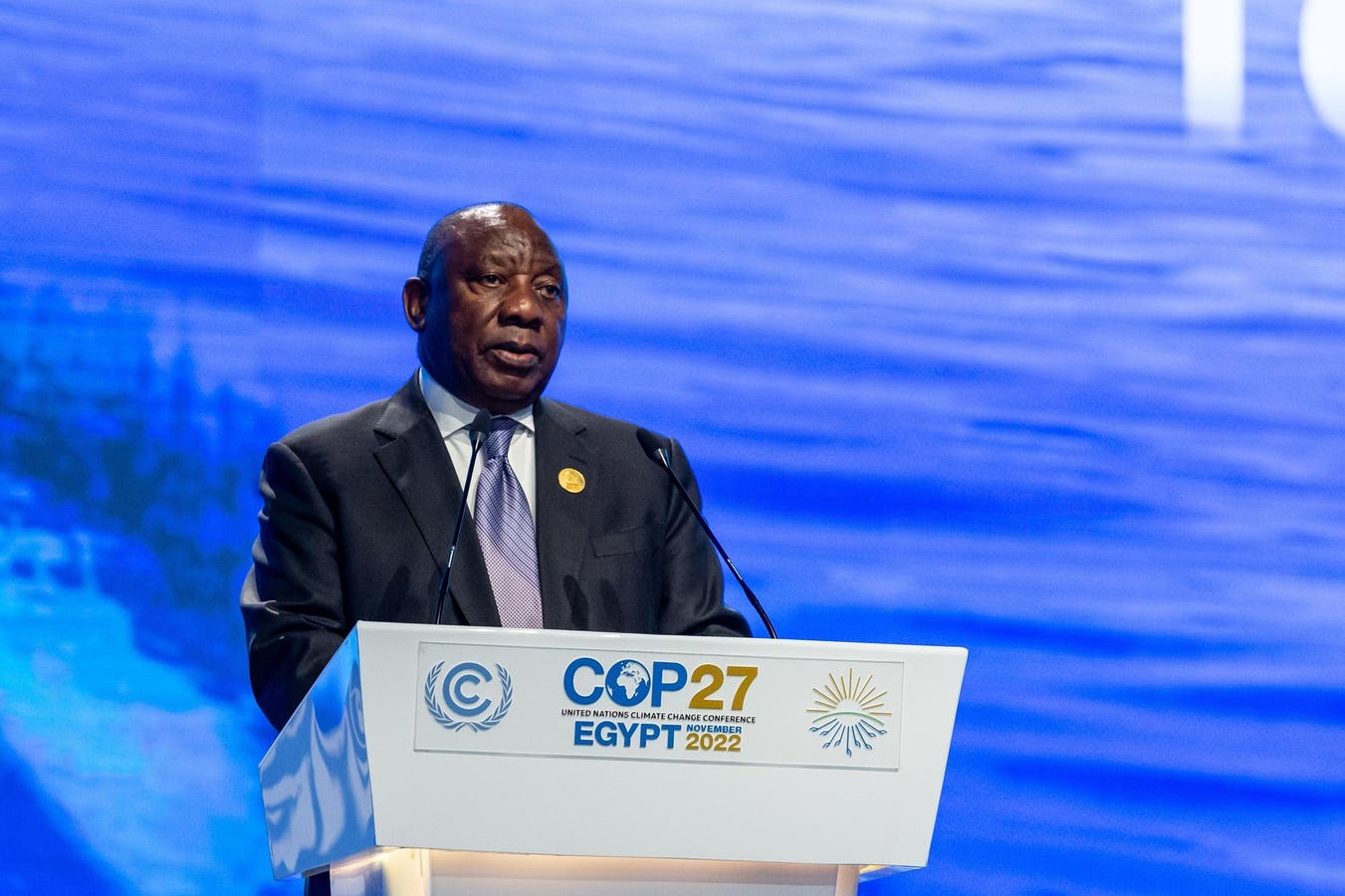So much of the focus around the energy transition and its impacts centers around the OECD countries, along with China and India, that issues impacting developing countries in other parts of the world are often largely overlooked. This has been the case in South Africa, whose government, domestic industries, and population have struggled with a major energy and grid crisis throughout 2023.
South Africa’s state-run utility, Eskom, provides about 80% of the country’s electricity through coal-fired power generation. In recent years, the government led by Cyril Ramaphosa has severely restricted the building of new coal plants in favor of subsidizing wind and solar in efforts to meet the country’s climate commitments. As the country’s population and economy have continued to grow, the net result has been similar to those seen in California and other regional U.S. grids, with grid managers struggling to avoid frequent power shortages and blackouts.
The World Bank approved a $1 billion loan to South Africa in late October to help the country address these worsening issues, but that loan, like a previous $439.5 million loan, is designed mainly to pay for converting some older coal plants to renewables. With demand for electricity continuing to rise, this approach is unlikely to provide a real solution.
Two major oil companies, Total Energies and Shell, have been working to try to provide a different solution which involves developing large deposits of natural gas in South Africa’s offshore. If developed, the natural gas could be used in conjunction with wind and solar to displace many of the coal-fired power plants as they are decommissioned in the coming years. It’s an approach that has worked quite well in the United States over the course of the last 15 years, one that has enabled the U.S. to lower its domestic emissions to levels not seen since the early 1990s.
The Ramaphosa government currently estimates that the domestic offshore resource amounts to about 60 trillion cubic feet (tcf) of natural gas, with another estimated 200 tcf of onshore resource. That’s enough gas supply to power much of the country’s grid for decades to come.
After months of negotiations and litigation amid opposition by anti-fossil fuel interests, TotalEnergies was awarded the license to commence development in Block 5/6/7 off the Cape coast. A week later, the country’s Department of Mineral Resources and Energy (DMRE) said a long-anticipated master plan for its domestic natural gas market had been finalized and would now go through a final approval process.
One of opponents’ major concerns about the offshore development has to do with feared impacts from seismic surveys on marine mammals. Greenpeace and other opponents filed suit in 2022 challenging Shell’s ability to conduct such surveys related to its own operations and received a favorable ruling from the High Court in Makhanda. Shell is currently awaiting resolution of its appeal on the matter.
Other opponents have focused on invoking fears about potential impacts on east African dugongs, a manatee-like marine mammal classified as a severely endangered species. Some recent studies suggest as few as 250 adult dugongs remain in existence.
Such concerns are perfectly legitimate and, like South Africa’s struggles to find the right balance of climate concerns and electricity mix, echo concerns that have been successfully dealt with in the United States for decades. U.S. regulators and industry have invested years of research and many millions of dollars developing technologies and innovative approaches to mitigating impacts to marine life from seismic surveys. These concerns are not limited to oil and gas development: They have more recently been raised related to offshore wind development along the U.S. northeastern coast.
Shell, as an example, timed its South African seismic surveys to avoid whale migration seasons and patterns, thus minimizing the risk. Seismic vessels use soft-start or ramping-up techniques, and operators employ constant monitoring programs as a matter of course. These and other extraordinary measures developed from years of research and testing are now standard operating procedure for offshore developers all over the world.
The Bottom Line
Like every other developing country, South Africa needs abundant and affordable energy and a stable and reliable power grid to continue raising the standard of living for its population. Fortunately for its government, all the complications and controversies with which it is now grappling have been previously addressed in the U.S. and other countries that are farther along in the development timeline. As a result, a wealth of information and technology exists today that did not exist 30 years ago.
As the U.S. knows from experience, abundant resources of natural gas can be an invaluable asset for reaching climate goals and ensuring grid stability. There is no real reason why South Africa should be denied the ability to use its own domestic resources for similar benefit.
Read the full article here





